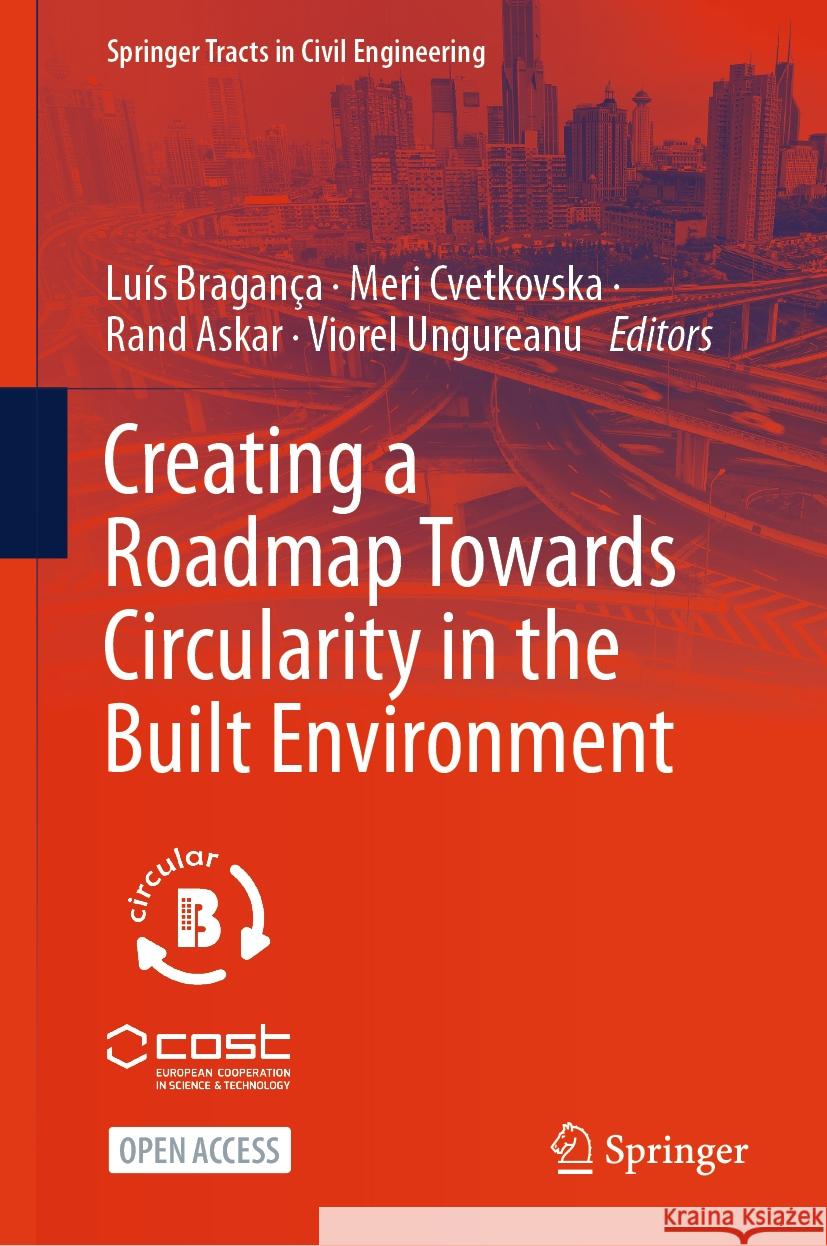Creating a Roadmap Towards Circularity in the Built Environment » książka
topmenu
Creating a Roadmap Towards Circularity in the Built Environment
ISBN-13: 9783031459795 / Angielski
Creating a Roadmap Towards Circularity in the Built Environment
ISBN-13: 9783031459795 / Angielski
cena 201,72
(netto: 192,11 VAT: 5%)
Najniższa cena z 30 dni: 192,74
(netto: 192,11 VAT: 5%)
Najniższa cena z 30 dni: 192,74
Termin realizacji zamówienia:
ok. 22 dni roboczych
Dostawa w 2026 r.
ok. 22 dni roboczych
Dostawa w 2026 r.
Darmowa dostawa!
Kategorie:
Kategorie BISAC:
Wydawca:
Springer
Seria wydawnicza:
Język:
Angielski
ISBN-13:
9783031459795











